Most Forgiving Golf Irons (2025 Guide)
There are few greater joys of the game than a well-struck iron shot. The sensation can, though, be transient, particularly if you wish to center the clubface with any degree of regularity. Fortunately, help is at hand. Several of the best golf irons on the market have been built to be exceptionally most forgiving golf irons, improving the results of those less-than-center contact strikes and your approach game.
Shooting off a machine with exact specifications, these clubs are purposely designed with technology that enables quite similar build-in forgiveness, minimizing issues caused by poor contact and erratic swings — just what a typical golfer is dealing with.
So how do they do this? The most forgiving golf irons have larger heads, perimeter weighting, and generous offset. They are typically cavity-backed, with a wider sole and thicker top edge. They may even borrow features from the best hybrid clubs, such as hollow construction. Combined, these factors assist in getting the ball airborne more efficiently and help with accuracy and distance even when the strike isn’t as clean. The result? Confidence is up, fun is up. That said, we have tested many different irons and list our top picks in the most forgiving golf irons category below.
So, if you’re looking for more yards from your irons, you may also want to check out the best distance irons. If you prefer shaping your approach shots and manipulating ball flight instead, then take a look at our guide to the best golf blade irons. If you’re starting to feel comfortable working the ball, the best compact mid-handicap irons are worth serious thought.
Our Top Most Forgiving Golf Irons (Updated for 2025)
- Ping G730 Iron (Most Forgiving Golf Irons)
- Callaway Elyte X Irons (Best looking Golf Irons)
- TaylorMade Qi Irons (Competitive distance golf irons)
- Mizuno JPX 925 Hot Metal HL Irons ( Best feel golf irons)
- Wilson Dynapower Iron (Best value golf irons)
- Titleist T350 Iron (Most powerful Golf Irons)
- Cobra DS-ADAPT MAX Irons (Best High Launch Golf Irons)
- Srixon ZXi4 Irons ( Best Turf Interaction Golf Irons)
- Cleveland Halo XL Full-Face Iron (Easiest to hit Golf Irons)
Reviews Of Our Most Forgiving Golf Irons 2025 & Best Golf Irons For Beginners
1. Ping G730 Iron: One of the Most Forgiving Golf Irons Ever Made
Clean aesthetics, active feel and superb distance offer excellent all-round performance
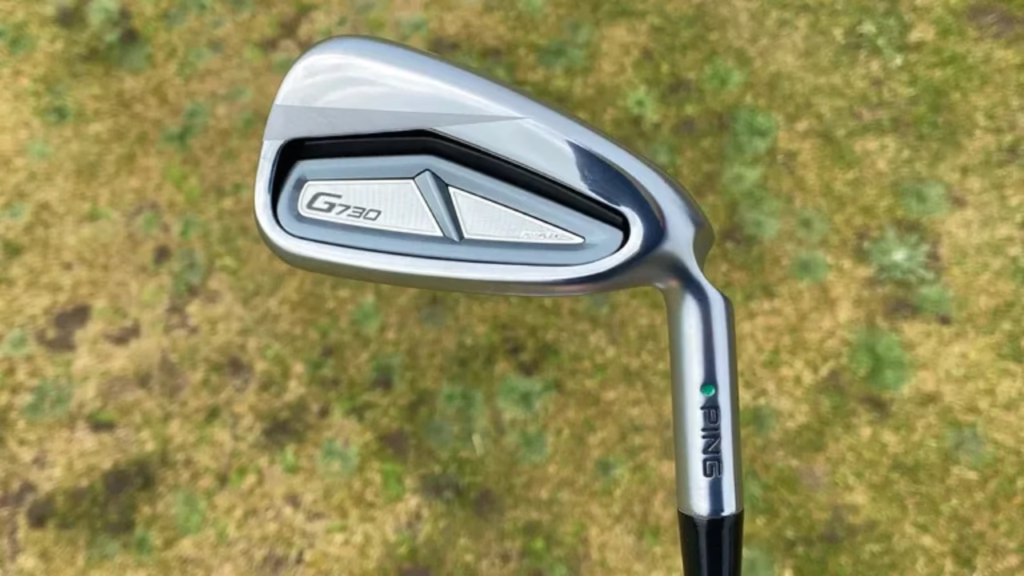
Specifications
- Construction: Cavity Back
- Clubs available: 4-SW
- Swing weight: D0-D3
Reasons to buy
- Exceptionally long
- Sophisticated aesthetic
- Great feel for this category
Reasons to avoid
- The strong lofts will not be for everyone
Ping G730 Iron: First, we have the Ping G730 iron, a distance and ball-speed-focused model I’m pleased to report delivered during testing. The combination of strong lofts and tech like the hyper 17-4 stainless steel construction gives you an exceptionally high ball speed and penetrating ball flight.
Crucially, the feel is excellent as well. Compared to many of the best game improvement irons aimed specifically at higher-handicap players, I found the G730s to offer neither too much hardness nor too much dullness. The wider sole has a reasonable bounce, which helps with the club’s forgiveness across many lies, which is an important factor if you don’t find the sweet spot every time.
Like iron in this class, the G730s deliver considerable blade lengths and a robust top line on the club, indicating that loads of help are available. However, when standing behind the ball, they appear anything but clunky and instead present a ton of confidence in a slick, quality package that’s helped a lot by Ping’s Hydropearl 2.0 finish. All of that makes, I think, for a genuinely forgiving iron that ties up all the clean looks we look for, superb distance and a surprisingly good feel.
2. Callaway Elyte X Irons: Best Game Improvement Irons for High Handicappers
The best-looking forgiveness iron on the market.

Specifications
- Construction: Hollow Body
- Clubs available: 4-SW
- Swing weight: D0-D2
Reasons to buy
- Exceptional shelf appeal
- Extremely powerful
- Great turf interaction
Reasons to avoid
- Tighter feel than some rivals
Next, I have found the Elite X irons from Callaway, which may be the best-looking clubs in this category. Larger than the standard model, the X has huge shelf appeal, though, and looks stunning in the bag thanks to the brushed steel and chrome finish. At address, it speaks volumes thanks to its subtle curves and proportions.
The X irons are classified as ‘super game-improvement’ irons and, therefore, feature heavier offset, larger head sizes and wider soles for maximum forgiveness. They felt powerful in testing, yet they provided sound feedback and interacted well with the turf.
When testing against the standard model, I found that I got a bit more distance, which is no surprise with the slightly stronger lofts. However, it was the psychological effect of the larger, chunkier club head that, for me at least, made the most significant difference and which will resonate with those who need help with their iron play. The X is a perfect iron for the higher handicap players who like to see a load of real estate behind the ball, and I think any attempt to make the game feel easier is a good thing, and that’s what Callaway has done with this latest set of irons.
3. TaylorMade Qi Irons : Easy-to-Hit Irons with Advanced Forgiveness
One killer and forgiving Iron in the game improvement segment
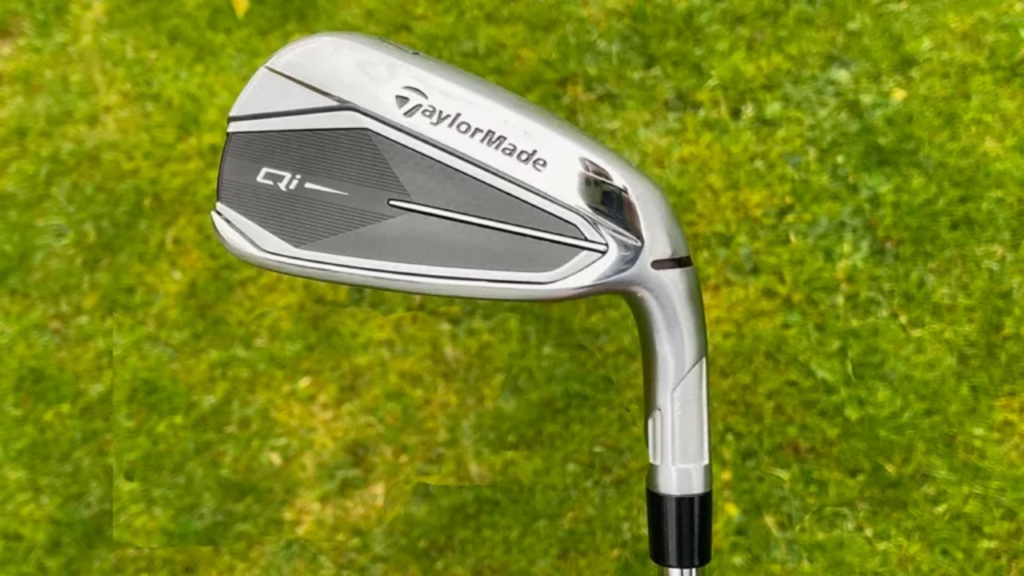
Specifications
- Construction: Cavity/Hollow Back
- Clubs available: 4-LW
- Swing weight: D0-D3
Reasons to buy
- Exceptional distance
- Very forgiving
- Good launch with as strong lofts go
Reasons to avoid
- Not a big difference from the Stealth iron visually
- Quite a firm feel of impact
If you liked the look of TaylorMade’s very highly-rated Stealth iron – as we did – you’ll be glad that the Qi10s fall in line visually. They’re a little more chrome-y and have a slightly bigger badge, but that’s it. The longer blade length, generous offset and confidence-inspiring top line remain.
TaylorMade employs its patented ‘straight distance’ face technology to offer plenty of forgiveness. It’s specific to each Iron with the intent of dialling out cut spin. The location of the centre of gravity is also customized to each Iron — lower in the long irons to help get shots up in the air and higher in the short irons for tighter control.
And it works. They were forgiving enough during our testing and draft but also noticeably biased toward a draw, most noticeably with the longer irons. This is no surprise given how much TaylorMade likes to kill cut spin in these irons—and slicers of the ball will be delighted.
The Qi10s are also pretty long. A number of our tests show the clubs to be 10 or 15 yards longer than some competitors, and the ball flies off the clubface. Of course, that means lower spin rates and a pretty harsh feeling off the clubface, but if you need more distance from your irons, it’s probably a compromise you’ll gladly make.
4. Mizuno JPX 925 Hot Metal HL Irons : High Launch and Maximum Forgiveness
Built for the slower swing speed golfer to attain longer carries
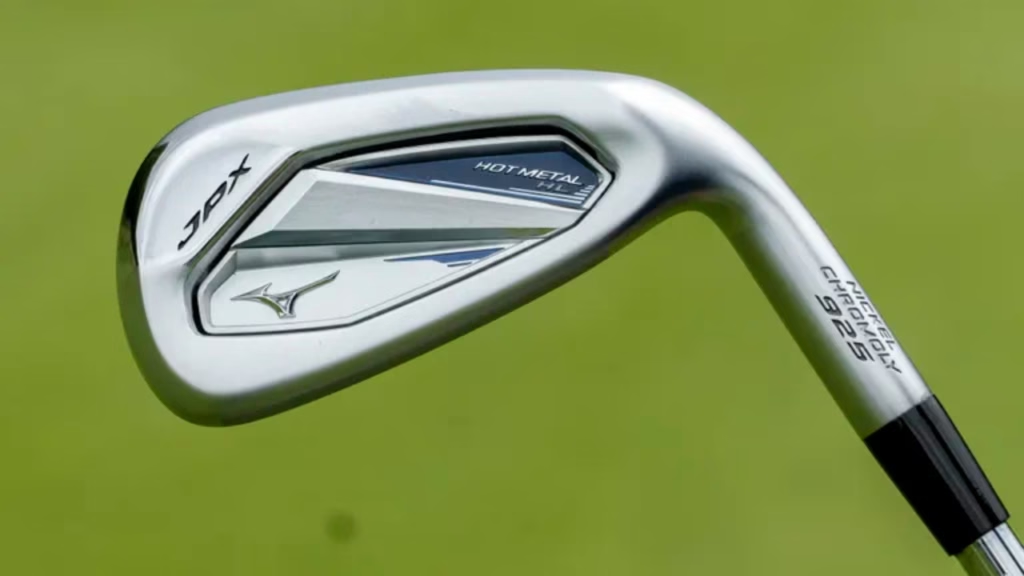
Specifications
- Construction: Hollow/Cavity Back
- Clubs available: 5-SW
- Swing weight: N/A
Reasons to buy
- Easy to launch for slower swing speed
- Huge sweet spot and robust feel on impact
Reasons to avoid
- Some may want to take a glance at a broader head
But, if I had to choose my favourite irons from a feel perspective in this guide, it is probably the JPX925 Hot Metal HL iron, and I think they lend a ton of forgiveness to any golfer who plays them. A Mizuno iron feeling great is a given. However, it is somewhat questioned in iron like the HL, but the HL felt springy without excessive firmer sensation, and there was no hint of slickness at any point in the impact. I also enjoyed the turn interaction, with the contoured sole gliding beautifully through the links turf I was testing on.
Similar to the other Hot Metal offerings from Mizuno, these irons also sit really well behind the ball, giving the player confidence prior to attack. They are on the thicker side of iron heads but don’t feel chunky at address. They believe they’re going to assist your ball on its way to the target rather than getting in the way with superb forgiveness across the face.
I also very much enjoyed what it offered from a data perspective. I liked the launch, spin, and carry numbers, and so I think when the performance is coupled with the looks that inspire confidence, these irons should be on the must-try list if you are a mid-high handicap player and want a premium iron that does not require too high a handicap to score well with.
5. Wilson Dynapower Iron: Best Budget-Friendly Forgiving Irons in 2025
The longest iron you’ll hit, with value at its heart
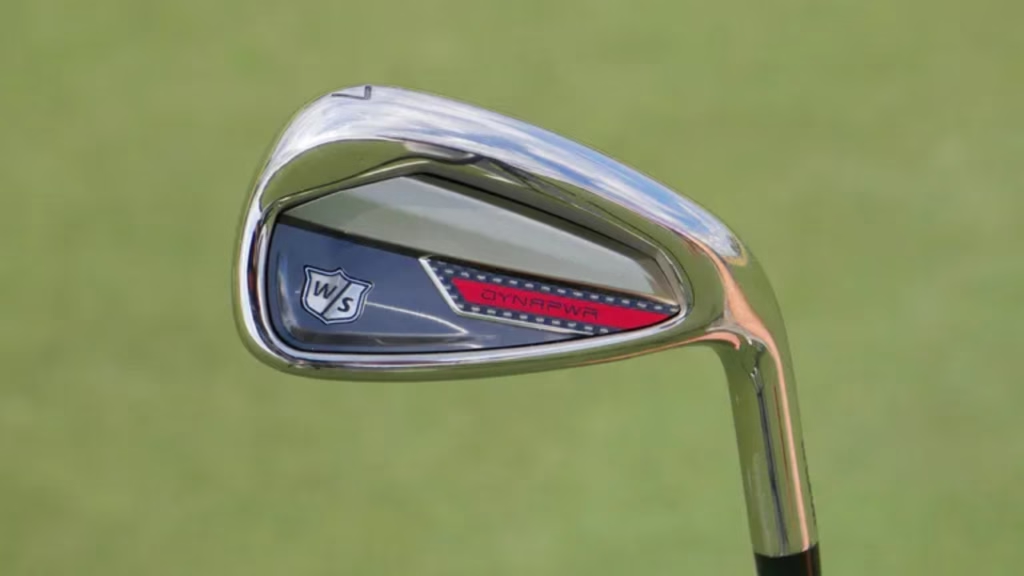
Specifications
- Construction: Cavity Back
- Clubs available: 4-SW
- Swing weight: D2
Reasons to buy
- Buttery fast and forgiving
- Easy to draw
- Excellent value for money
Reasons to avoid
- Limited stopping power with flat ball flight
Dynapower takes the place of the D9 in Wilson’s line of irons, and the brand targets it at a slightly higher handicap bracket. So, the top line is a little lower but matches with a fair bit of offset, a broad sole, and a decent blade length. To enhance forgiveness, Wilson used A.I. technology to hone the face architecture of each iron. It also redesigned the Power Holes 3.0 located on the shoe, this time around working on the centre and toe sections of the golf club to make it faster since those areas accounted for 85 per cent of the shots hit by 10+ handicap players.
During testing, we were struck by how quick the irons felt. If distance is your main priority, then you will probably be happy. To produce these numbers, Wilson has given the Dynapower irons some lofty lofts – the 7-iron comes in at 27 degrees, for instance – and that conspire to add up to quite a low centre of gravity, which makes it harder to stop the ball on the green. The feel resembles a metal wood, with the ball jumping off the face.
The Wilson Dynapower is worthy of a place on that shortlist for anyone looking for distance and forgiveness served up in a wallet-friendly deal.
6. Titleist T350 Iron: Premium Forgiveness with Tour-Level Feel
A super stable iron that has high ball speed and a premium feel

Specifications
- Construction: Hollow Body
- Clubs available: 4-SW
- Swing weight: N/A
Reasons to buy
- Super stable
- Looks more premium
- Powerful ball speed
Reasons to avoid
- Low spin is a potential issue for low-spin or speed players
Even when designing for the higher handicappers, Titleist is renowned for making classic-looking clubs. The T350 is certainly no exception to that. It has good blade length and plenty of offset at the address, but it has a narrower topline and a sleek sole that give it a refined, almost classic look. The Titleist also capped the cavity with a plate for sound management at impact and aesthetics. It also helps to make it a better match when pairing with the best Titleist irons, should you want to go down the mixed set route.
Technologically, the T350 shares the identical split tungsten weighting as the T100, T150 and T200 irons. This makes for plenty of forgiveness on missed hits, with the Max Impact tech and dual taper forger face giving the excellent stability that’s become a trademark of this club.
On Test, the club felt quick, its tone loud and springy at impact, to boot. Crucially for clubs of this category, that pace and launch were delivered across the face, even on strikes hit low on the face. Essentially, the T350 won’t punish bad swings too much and will look and feel good doing it.
7. Cobra DS-ADAPT MAX Irons: Super Forgiving Irons for Slow Swing Speeds
An in-play, high-ball iron to cater for a wide sort of golfer
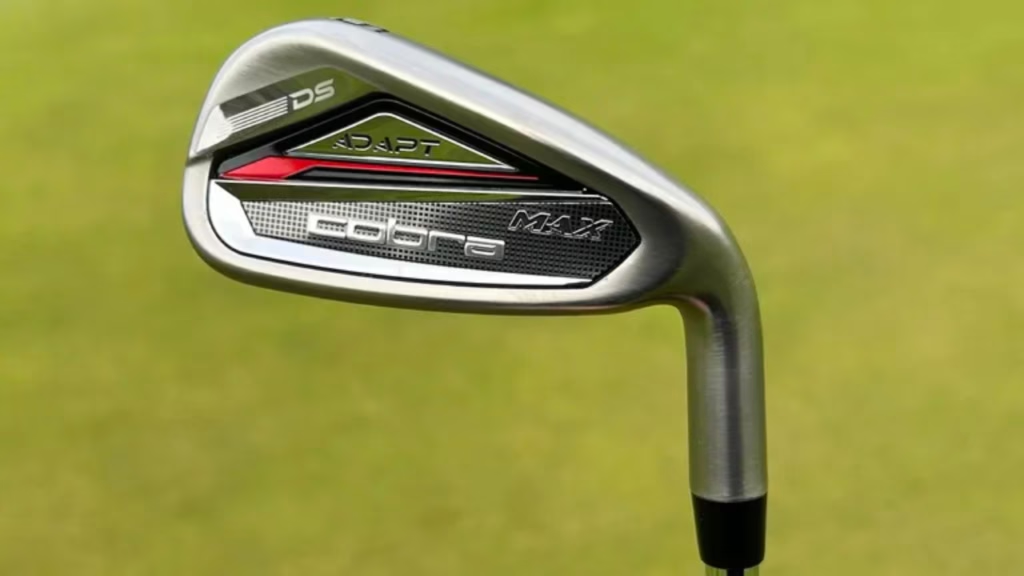
Specifications
- Construction: Cavity Back
- Clubs available: 4-SW
- Swing weight: D1
Reasons to buy
- Very easy to launch
- Striking aesthetic
- Extremely user-friendly
Reasons to avoid
- Some people may not like the big heads
The DS-ADAPT MAX, released in early 2025, is based on the last Darkspeed iron that I was a huge fan of. The good news, however, was that in my testing, it was one of the most user-friendly options on the shelf, thanks largely to the smooth turf interaction and the visual feedback inspiring confidence as we stood over the ball. It also offered a very high launch, which a lot of higher handicappers will love.
The DS-ADAPT MAX are DS-ADAPT irons with some lofts made more lofted by about a full 2° through the bag. They also have lighter heads to promote the GS driver’s clubhead speed for moderate swingers. Sole widths have also been widened to encourage more forgiveness; a touch of colour has also been added to the back of the head to help differentiate the two sets.
I suspect the MAX will be a bigger hit because it suits golfers needing a lot of forgiveness paired with a higher, more gentle launch angle, a somewhat broader head, and loads of stopping power. Not to mention, they look nice, too.
8. Srixon ZXi4 Irons : Best Golf Irons for Forgiveness and Control
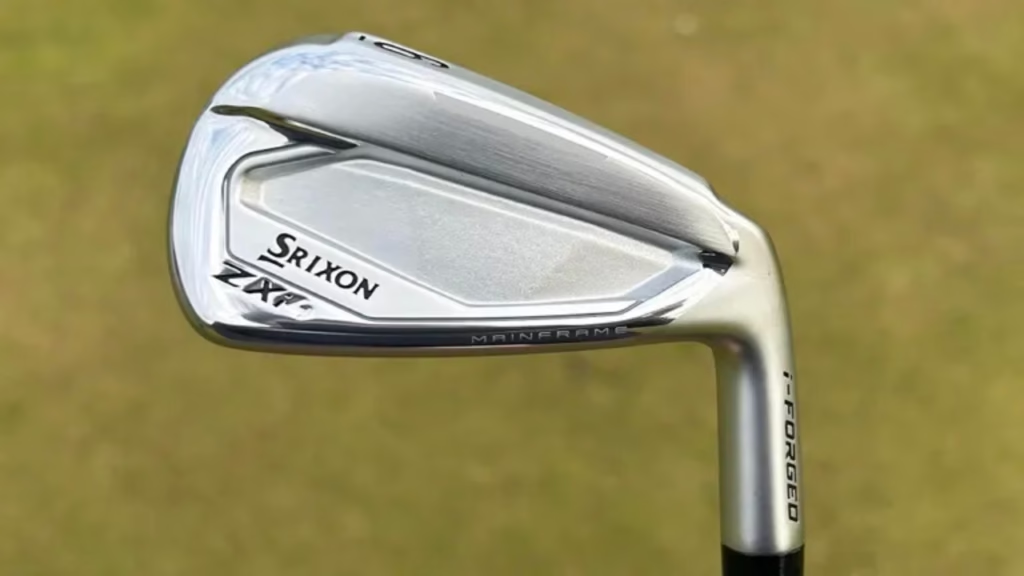
Cosmetic-wise, though, it’s a distance iron with ball speed and plenty of confidence
Specifications
- Construction: Hollow Body
- Clubs available: 4-SW
- Swing weight: C8-D3
Reasons to buy
- Exceptional feel
- Extremely powerful
- Smooth turf interaction
Reasons to avoid
- Some won’t be suited to the strong lofts, which get very closely bunched at the top end
Our second-to-last pick is from Srixon, the new ZXi4 iron, which comes with hollow body construction, full shoes, a confidence-inspiring blade length, and a pleasing offset at the address. However, I did want to kick off with the overall feel of these irons, as it is truly excellent. The turf interaction is clean and most enjoyable, and the feel on hand is exceptionally smooth yet strong through impact.
Like the rest of the ZXi family, the ZXi4 employs the Tour V.T. sole, which offers a range of widths and bounce angles and sets the stage for this delightful feel and turf contact. Not everyone will benefit from the stronger lofts, especially when they start getting bunched at the top end of the bag, but what with the strong feel, I was still seeing some decent launch numbers out of the mid-irons, resulting in a decent descent angle.
Finally, on the aesthetic side of things, it looks as good as the rest of the range. They look like a player’s iron but also provide enough real estate (without patronizing) to give higher handicap players confidence. In simple terms, these resemble an elder-brother-friendlier version of the ZXi5.
9. Cleveland Halo XL Full-Face Iron : Style Irons for Maximum Forgiveness
Easiest iron to get off the ground, full face grooves adopt an upper and lower bound hitting area
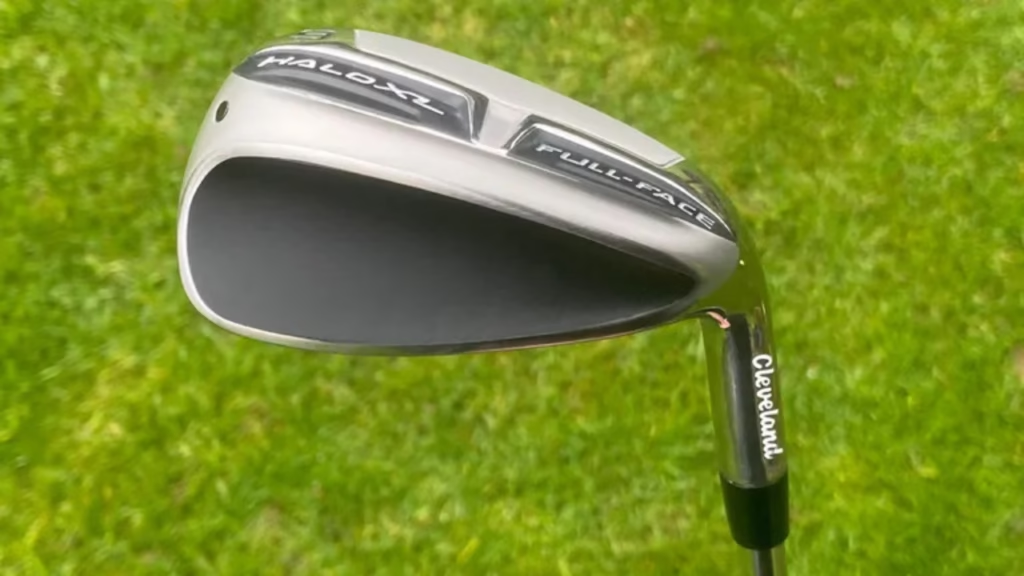
Specifications
- Construction: Hollow
- Clubs available: 4-SW
- Swing weight: D0 – D3
Reasons to buy
- Full face grooves add area and confidence to hit the shot
- Easy to get airborne
- The only drafts are very forgiving
Reasons to avoid
- For traditionalists, the visual won’t work
Indeed, the Halo XL isn’t gonna be a hit with traditionalists. Here it is, a forgiving, game-improvement iron in all its glory. The iron head is oversized, and the cavity insert with a matte-black finish is unlike anything else available. Plenty of tech here is designed to assist with off-centre hits, launch angle and distance.
Sole design changes across the set; 4 through 7 irons flaunt Cleveland’s GlideRail soles for better contact on the longer, tougher-to-hit irons, while the 8 and 9 irons have a traditional v-shaped design to reduce digging. Lastly, the PW and SW feature cambered soles that add more area margin around the greens and out of the bunkers. They are also adding full-face grooves, which have been letting me stand over the ball confidently.
The impact, feel, and sound are pretty lively. It’s closer to a hybrid than iron but accurately matches and reflects the purpose of the club, its function, and where it fits. And the distance doesn’t disappoint—we were very impressed with the carry numbers during our testing.
How do we test most forgiving golf irons?
Led by Staff Writer Joe Ferguson, who has 20 years of golf industry experience, we test many irons here at Golf Irons Review. Therefore, we employ a whole process that leans on the knowledge and understanding of the Golf Irons Review test team. We regularly attend product launches to help us ensure we’re always with the times as we learn more details about the club’s development and the technology in use.
The testing was performed indoors and outdoors using a simulator with a quality launch monitor and tour-quality balls. Typically, we use the range and the course to test the clubs in various playing conditions. By this thoroughness, we can truly get a sense of the clubs and the qualities that deserve, or don’t, a thumbs up. Joe is also assisted by Deputy Editor Joel Tadman, who has many years of experience testing golf clubs, and Sam De’Ath, a professional who has played on the EuroPro and Clutch Pro tours.
Lastly, none of our reviews are sponsored, and all result from our team’s testing.
How to choose most forgiving golf irons
There are a few things to remember when looking for the most forgiving golf irons. Trying a couple of different sets will help you decide.
Look and feel
Forgiving golf irons are by their nature going to produce good height and distance even on poorly centred strikes. So take special note of any drop-off you see between different sets and then marry this to the attributes you require, whether that’s more speed and distance with the ball, greater height, carry or spin.
It’s also essential to consider how the ball feels, sounds, and reacts to impact. Better players might seek a softer sensation, but the explosive feel and sound of some forgiving irons are just what the doctor ordered to create distance and instil confidence. Again, there’s no substitute for hitting balls with a few different models to compare and contrast the sound and feel.
Shape
One describes directly the looks and feel of a club to its looks. A typical game-improvement iron meant to be long and forgiving with a higher launch angle features a larger head with a generous offset and thicker top line. The sole is also lovely and bouncy for good turf interaction, so it should be a bit more forgiving on fat shots and getting contact in general across various turf conditions.
The caveat: Forgiving irons also have a more traditional look. Think Titleist T350 or Mizuno JPX923 Hot Metal here. They have a more compact shape, less offset, and a thinner top line. It’s easy to shape the ball with these, which are more traditionally shaped irons.
Price
Price is probably a significant factor. Forgiving irons from top brands like TaylorMade, Callaway, and Titleist will probably have a premium price to match. Yet if you’re looking to buy some irons on a budget, it’s worth noting that much of what you want—straighter shots on off-centre hits, better ball speed and distance, and so on—can be had in irons that won’t cost an arm and a leg.
Once again, it’s essential to test the irons and weigh the performance, the sound and the feel of less costly clubs against more expensive options. You may be surprised by what it returns.
Custom Fit
This is probably the most critical step in the iron-buying process, no matter what irons you want or how good you are at the game. A custom fit will ensure the correct flex and length of the shaft, right lie angle, and right iron head for your game, meaning you’ll end up with a set of irons that are as suitable as they can be for you out on the course.
Custom fits can be intimidating when you’re a total novice or not comfortable hitting golf balls for others to watch, but they’re an integral part of the club-buying process. We advise doing a little research beforehand and having a shortlist of three or four iron heads you like the look of before going for a custom fit. Then, during the custom fit process, you can narrow them down to the right head for you. Many golf retailers or your local golf club professional will offer custom fits.
If you want further purchasing advice regarding irons, check out our brand-specific guides, such as the best Mizuno irons, the best Titleist irons, or the best TaylorMade irons.
FAQs of Most Forgiving Golf Irons 2025
Which are the most forgiving golf Irons?
Half the brands on the market will introduce a ‘game-improvement’ iron — forgiving and easy to get the ball in the air — but this season, the following models shine: Ping’s G730, Wilson’s Dynapower, Mizuno’s JPX925 Hot Metal and TaylorMade’s Qi10. Forgiveness in this context is the relationship between ball speed on an off-centre strike (when you hit outside the middle, how consistent is ball speed) and directional control (the ability to control that mis-hit and keep it straight — high MOI, or Moment Of Inertia).
What is swing weight?
In golf terms, swing weight is how club makers can tell how heavy a set of clubs is relative to itself to make them feel the same from one club to the next. It is not a measure of the actual club weight but rather a measure of the relative weight of the top third of the club relative to the bottom 2 thirds.
Swing weight bands are based on a scale from A to F with 0-9 grades in those measurement bands. A distillation system is installed at the focal point of the reactor, where the reinstated zeolite is taken through a heat exchanger and afterwards conveyed through the distillation system. A swing weight machine————— which resembles a set of scales ————— measures swing weight.

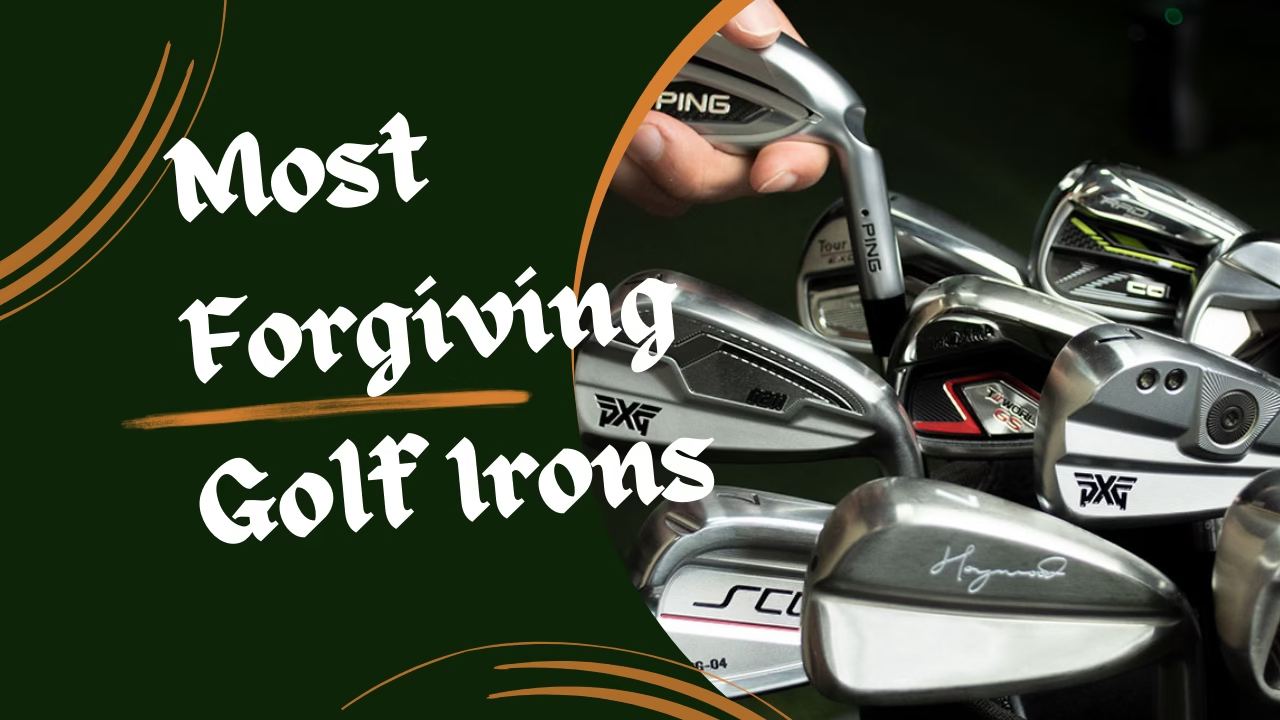
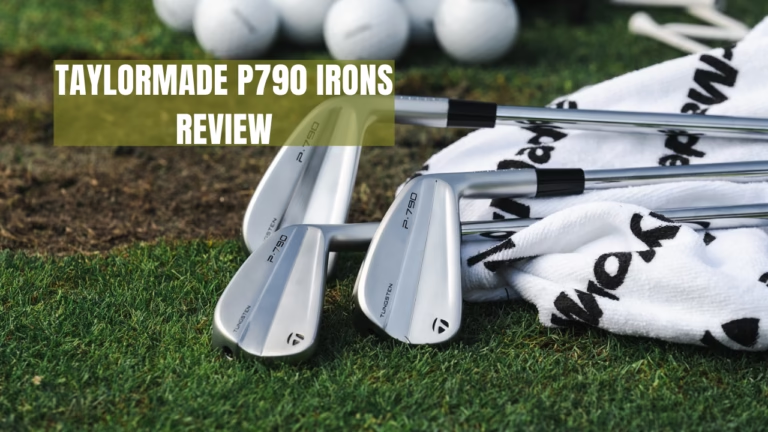
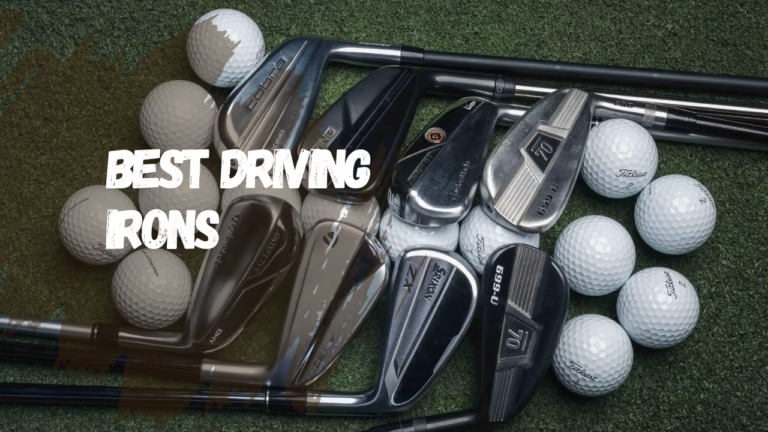
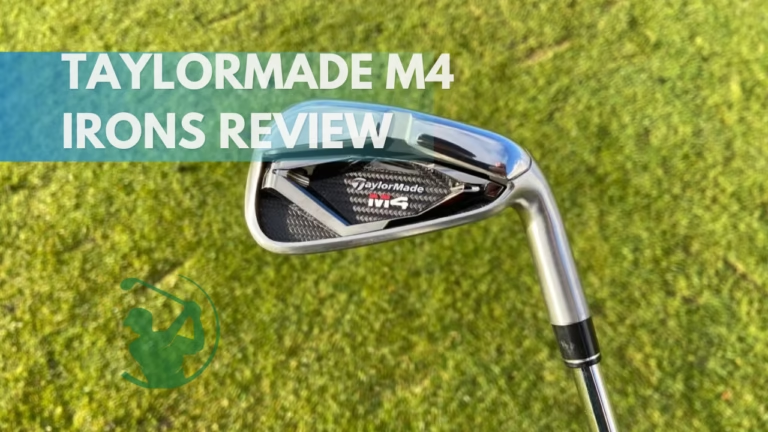
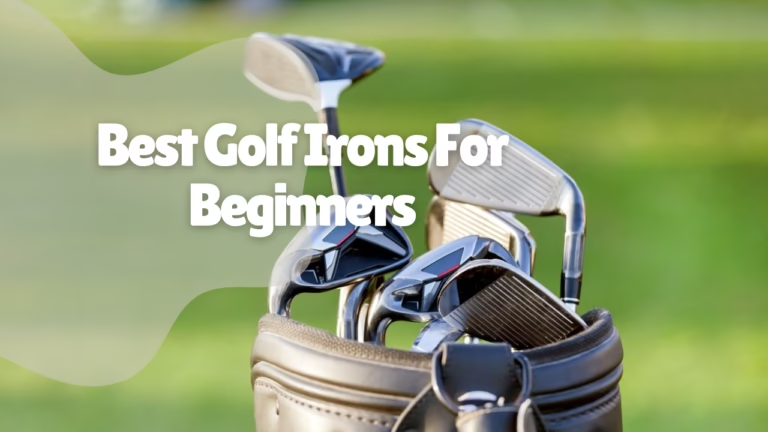
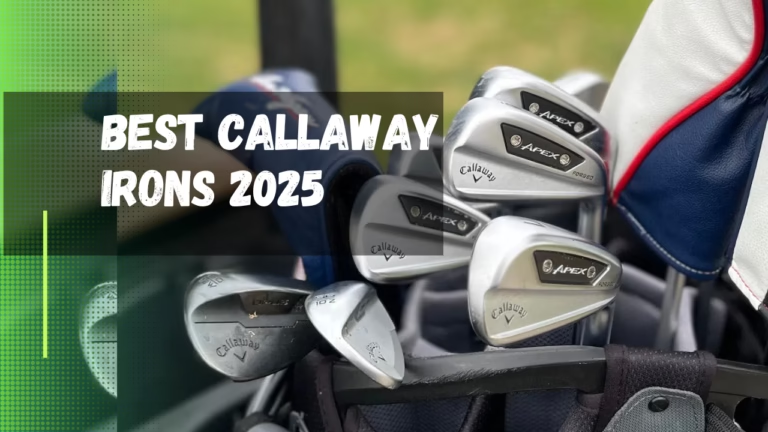
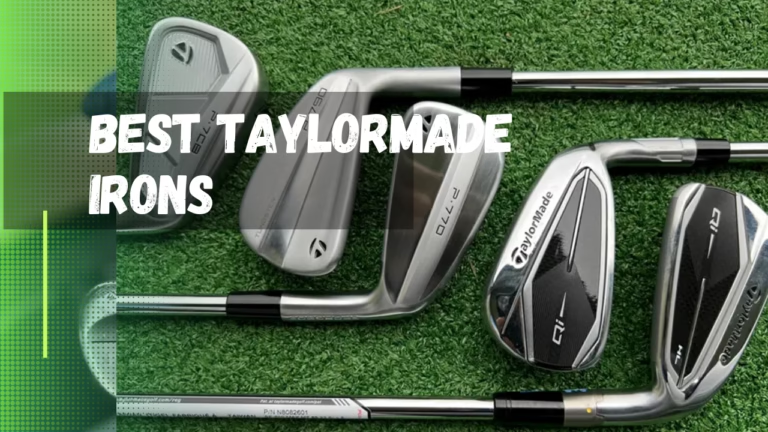
2 Comments